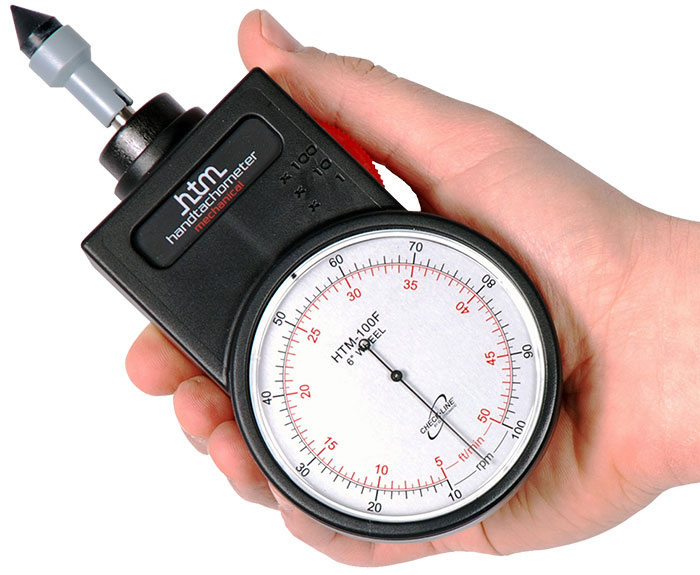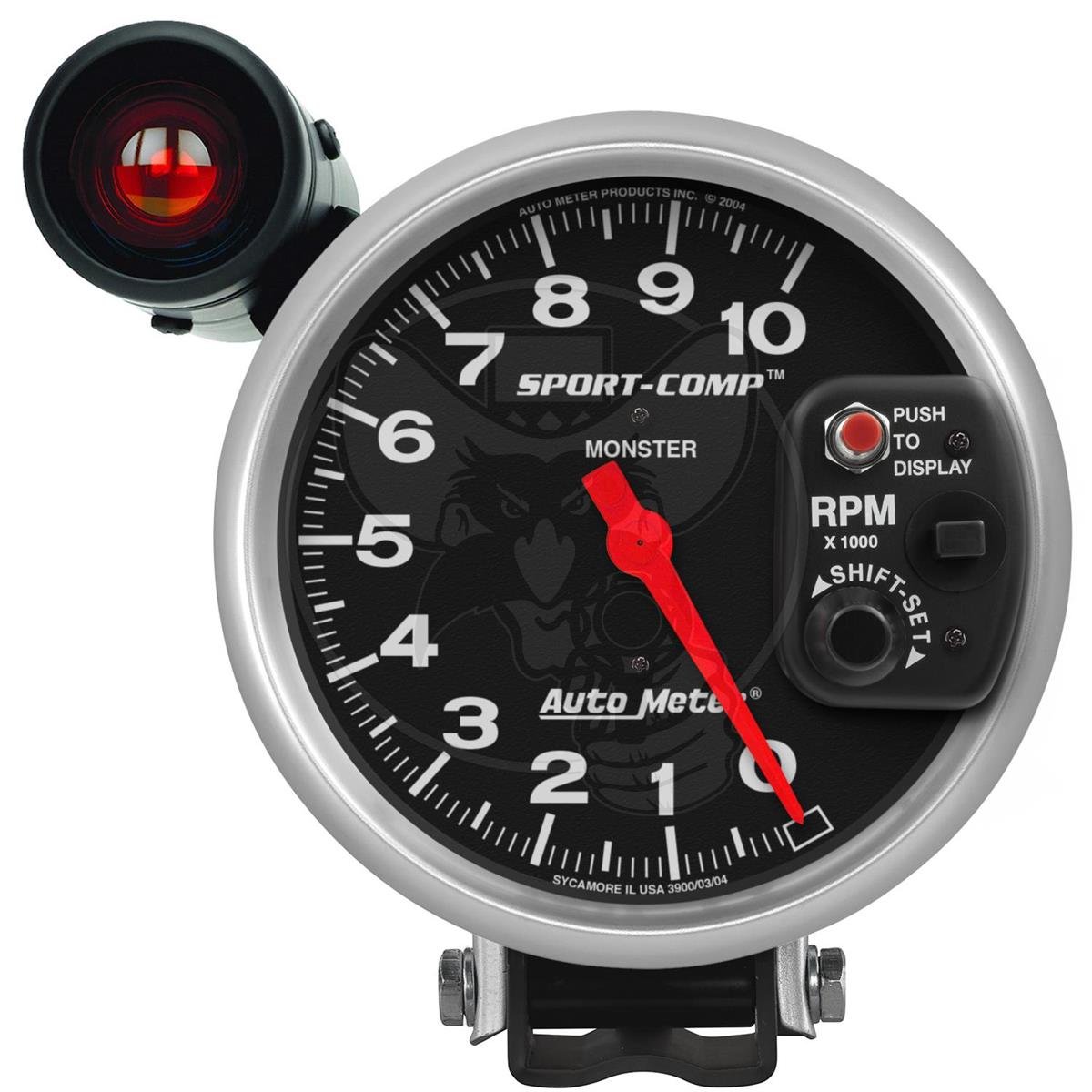Boost Your Driving Experience with a Reliable Tachometer
Boost Your Driving Experience with a Reliable Tachometer
Blog Article
The Significance of a Tachometer in Monitoring Engine Rate and Performance in Automotive Applications
In the world of auto design, the tachometer stands as a critical instrument in the motorist's toolbox, offering a direct window right into the inner functions of a vehicle's engine. Beyond its function as a plain scale of revolutions per min (RPM), the tachometer serves as an essential device for fanatics and specialists alike, offering real-time understandings into engine efficiency and health.
Importance of Monitoring Engine RPM
Checking engine RPM, or revolutions per minute, is a critical element of automotive upkeep and efficiency assessment. Engine RPM straight associates with the speed at which the engine's crankshaft revolves, showing exactly how rapidly the engine is running - tachometer. By checking RPM, technicians can analyze the wellness of the engine, find possible concerns, and fine-tune performance. An irregular RPM analysis might indicate issues such as engine misfires, damaged ignition system, or issues with the gas delivery system. Regularly high RPM analyses might show aggressive driving routines or the demand for a higher equipment shift to improve gas effectiveness.
Additionally, keeping an eye on engine RPM is vital for efficiency evaluation in auto racing and high-performance automobiles. Keeping ideal RPM degrees is critical for attaining peak power result and acceleration. Racers often use tachometers to ensure they are running within the ideal RPM range for optimum performance. In summary, keeping track of engine RPM is not just vital for finding problems however additionally for optimizing engine performance in numerous auto applications.

Benefits of Real-Time Information
In automotive applications, real-time information plays a crucial role in providing instant understandings right into the performance and problem of the lorry. By continuously checking numerous parameters such as engine speed, temperature, gas usage, and much more, real-time information provides many benefits that add to boosted performance and safety on the road.
Additionally, real-time information helps with efficiency optimization by providing prompt comments on driving behaviors and engine effectiveness. Drivers can change their behavior in real-time based on this info to achieve better gas economy and lengthen the life expectancy of their vehicle.

Furthermore, real-time information plays an important duty in modern vehicle diagnostics, enabling service technicians to promptly detect and deal with breakdowns. This leads to decreased downtime, reduced upkeep costs, and eventually, improved general lorry reliability and durability (tachometer). By using the power of real-time data, automobile stakeholders can make educated choices that favorably impact both the performance and durability of the lorry
Impact on Gear Shifts
The tachometer plays an essential function in enhancing gear shifts by giving real-time engine rate information to the chauffeur. When approaching the redline on the tachometer, it signals the driver to upshift to prevent over-revving the engine and causing possible damages.
Furthermore, the tachometer aids in achieving smoother gear changes, specifically in hands-on transmissions. By keeping track of engine speed, vehicle drivers can implement equipment shifts at the optimal RPM array, minimizing snagging movements and reducing endure the transmission components. This precision in equipment adjustments not only enhances driving convenience but additionally adds to fuel effectiveness.
Enhancing Fuel Performance
Provided the crucial duty the tachometer plays in enhancing gear changes read more for performance and engine wellness, it directly adds to maximizing gas efficiency in auto applications. By offering real-time comments on engine rate, the tachometer helps drivers in keeping the most effective RPM range for gas economy. When drivers continually keep track of the tachometer and readjust their driving routines accordingly, they can prevent unneeded fuel usage caused by over-revving or lugging the engine.
Additionally, the tachometer aids vehicle drivers identify the most fuel-efficient gear to be in at any given moment, avoiding the engine from working harder than necessary. In conclusion, the tachometer serves as a useful tool in improving fuel efficiency by advertising optimum driving behaviors and recognizing locations for renovation in the lorry's efficiency.

Taking Full Advantage Of Engine Longevity
The tachometer's role in monitoring engine rate and efficiency contributes in guaranteeing the longevity of automotive engines. By making use of the tachometer successfully, chauffeurs can optimize engine durability via mindful RPM monitoring. Constantly revving an engine expensive can lead to extreme deterioration on essential parts, such as the pistons, valves, and bearings. With time, this can lead to decreased engine efficiency and potential breakdowns. Keeping track of the tachometer permits motorists to stay within the recommended RPM variety for their vehicle, protecting against unnecessary pressure on the engine and extending its life-span.

Final Thought
Finally, the tachometer plays an important role in keeping an eye on engine speed and performance in auto applications. By offering real-time information on RPM, it enables reliable gear shifts, boosted fuel anonymous performance, and made the most of engine long life. This tool is necessary for maintaining ideal engine efficiency and ensuring the general capability of a car.
Report this page